12 Famous People Who Achieved Success Despite Disabilities
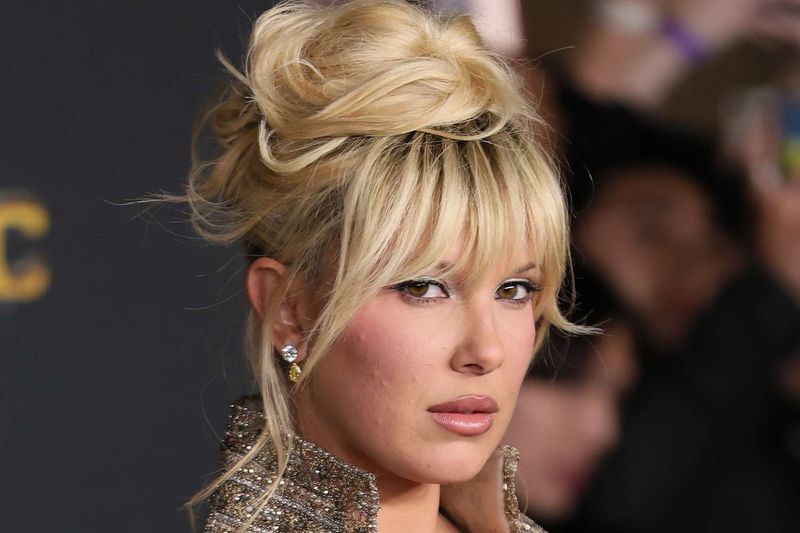
Throughout history, remarkable individuals have shattered barriers and achieved greatness while navigating life with disabilities. Their stories remind us that human potential isn’t limited by physical or neurological differences. These twelve extraordinary people transformed their fields—from science and politics to music and art—showing that determination and talent can overcome seemingly impossible obstacles.
1. Stephen Hawking
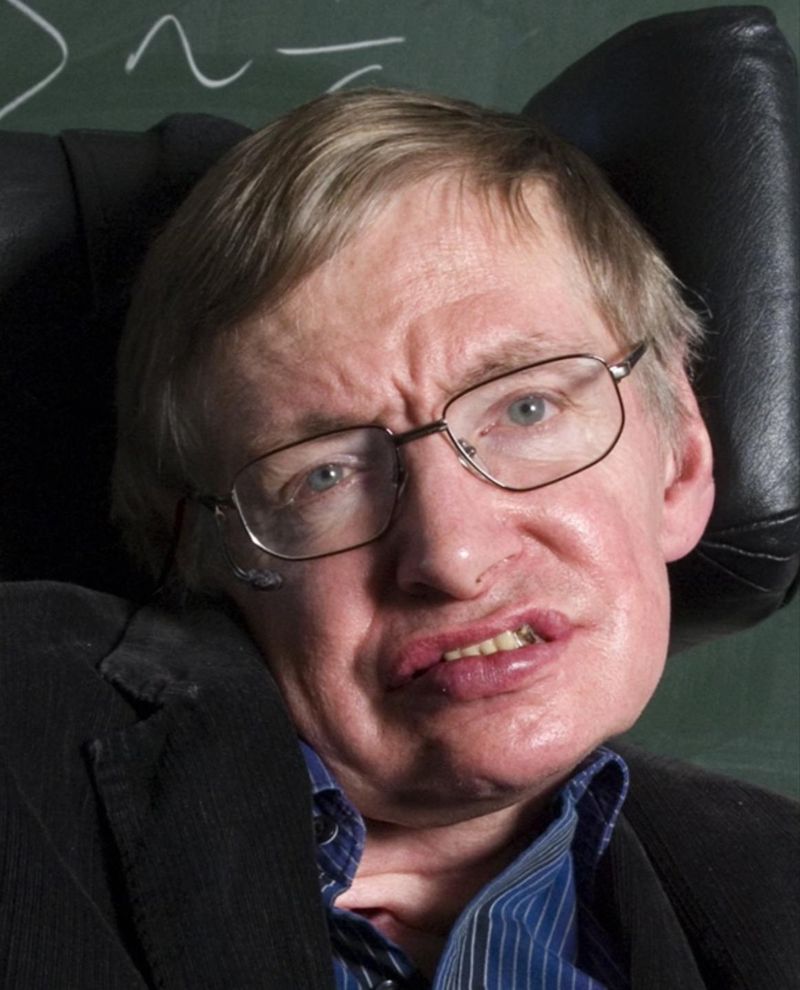
The universe lost one of its greatest explorers when Stephen Hawking passed away in 2018. Despite being diagnosed with ALS at just 21 and given only two years to live, he defied all expectations, surviving for over five decades with the condition.
As his body gradually lost function, his mind soared through the cosmos. Even after losing his ability to speak, Hawking communicated revolutionary ideas about black holes and quantum gravity using a computer system controlled by a single cheek muscle.
His bestseller “A Brief History of Time” brought complex physics to millions of readers worldwide. Beyond his scientific contributions, Hawking became a cultural icon whose wheelchair and synthesized voice symbolized the triumph of intellect over physical limitation.
2. Helen Keller
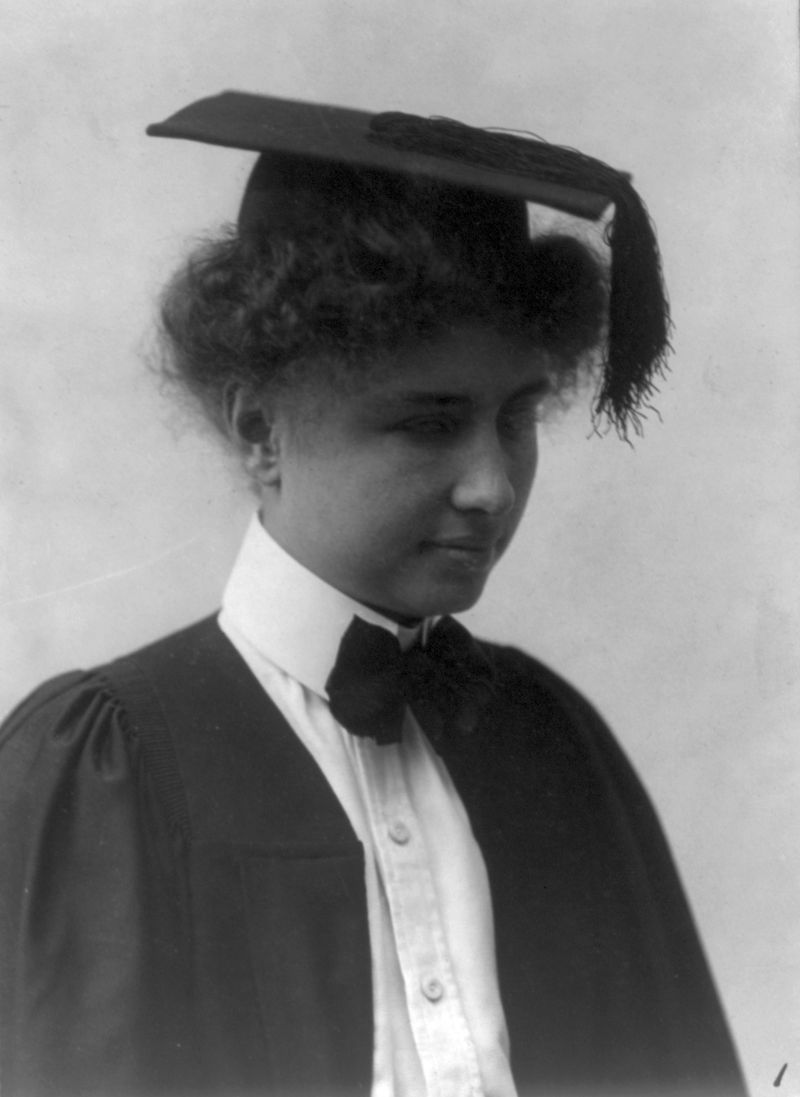
Left deaf and blind after an illness at 19 months old, Helen Keller lived in a world of darkness and silence until Anne Sullivan broke through those barriers. Their breakthrough moment—when Helen understood that finger movements in her palm represented the concept of ‘water’—marked the beginning of an extraordinary journey.
Keller mastered reading Braille, learned to speak, and became the first deafblind person to earn a bachelor’s degree. She authored 14 books and traveled to 39 countries advocating for people with disabilities.
Her remarkable life challenged fundamental assumptions about human potential. “The best and most beautiful things in the world cannot be seen or even touched,” she wrote, “they must be felt with the heart.”
3. Franklin D. Roosevelt
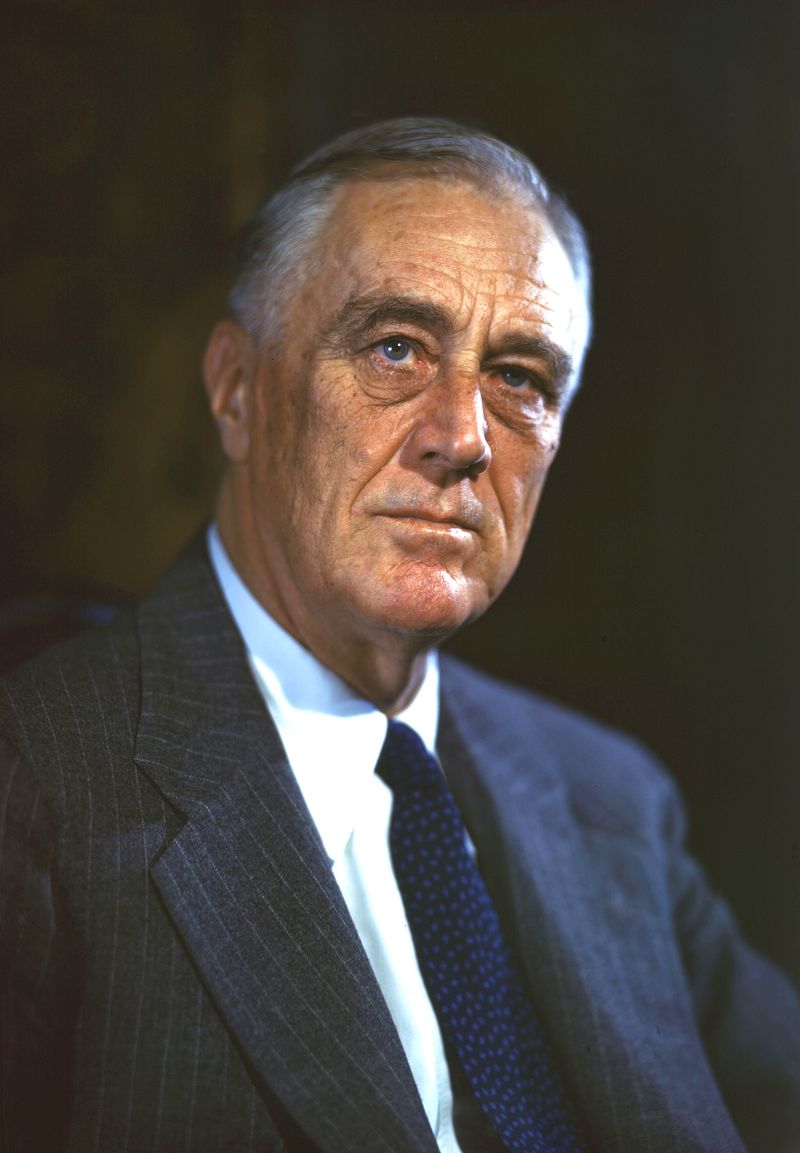
At age 39, polio paralyzed Franklin Roosevelt from the waist down, threatening to end his political aspirations. Instead, he engineered one of history’s greatest comebacks. FDR developed extraordinary upper body strength, learning to stand with heavy steel leg braces while appearing to walk by swinging his torso.
The press maintained an unwritten agreement never to photograph him in his wheelchair, helping maintain his image of strength. Roosevelt guided America through twin catastrophes—the Great Depression and World War II—while secretly managing his disability.
His personal struggle with adversity shaped his empathetic leadership style and fueled his determination. Though the public rarely saw his disability, it profoundly influenced his presidency and his understanding of vulnerability and resilience.
4. Ludwig van Beethoven
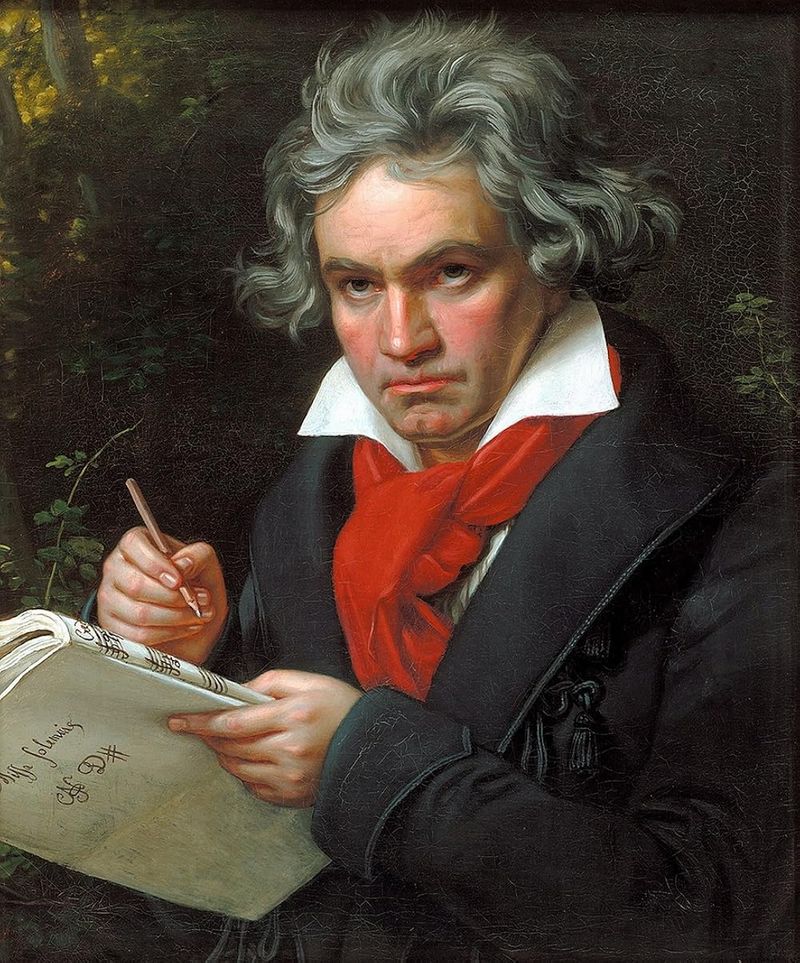
Imagine composing some of history’s most beautiful music while unable to hear it. Beethoven began losing his hearing in his late 20s, a devastating blow for any musician. By 44, he was completely deaf, yet created his most profound works during this silent period.
He sawed the legs off his piano to feel vibrations through the floor. When premiering his Ninth Symphony, Beethoven stood before the orchestra, conducting, while another conductor stood behind him, following his tempo but giving the actual cues to the musicians and singers.
When the symphony concluded, Beethoven remained facing the orchestra, unaware of the thunderous applause until someone turned him around to see the audience standing in ovation. His triumph over silence changed music forever.
5. Stevie Wonder
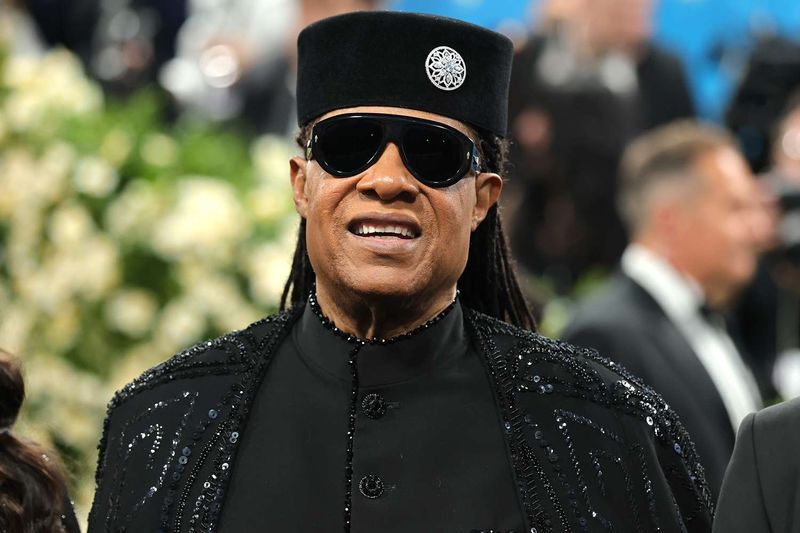
Born six weeks premature, Stevland Hardaway Judkins received too much oxygen in his incubator, causing permanent blindness. This boy from Saginaw, Michigan would become Stevie Wonder, a musical prodigy who signed with Motown at just 11 years old.
His blindness heightened his other senses, particularly his extraordinary hearing. Wonder can identify notes instantly and remembers complex arrangements without written music. His innovations with synthesizers and drum machines in the 1970s revolutionized popular music.
Beyond his 25 Grammy Awards and over 100 million records sold, Wonder has been a powerful advocate for disability rights. His passionate support helped establish Martin Luther King Jr. Day as a national holiday and brought attention to the needs of people with disabilities worldwide.
6. Ray Charles
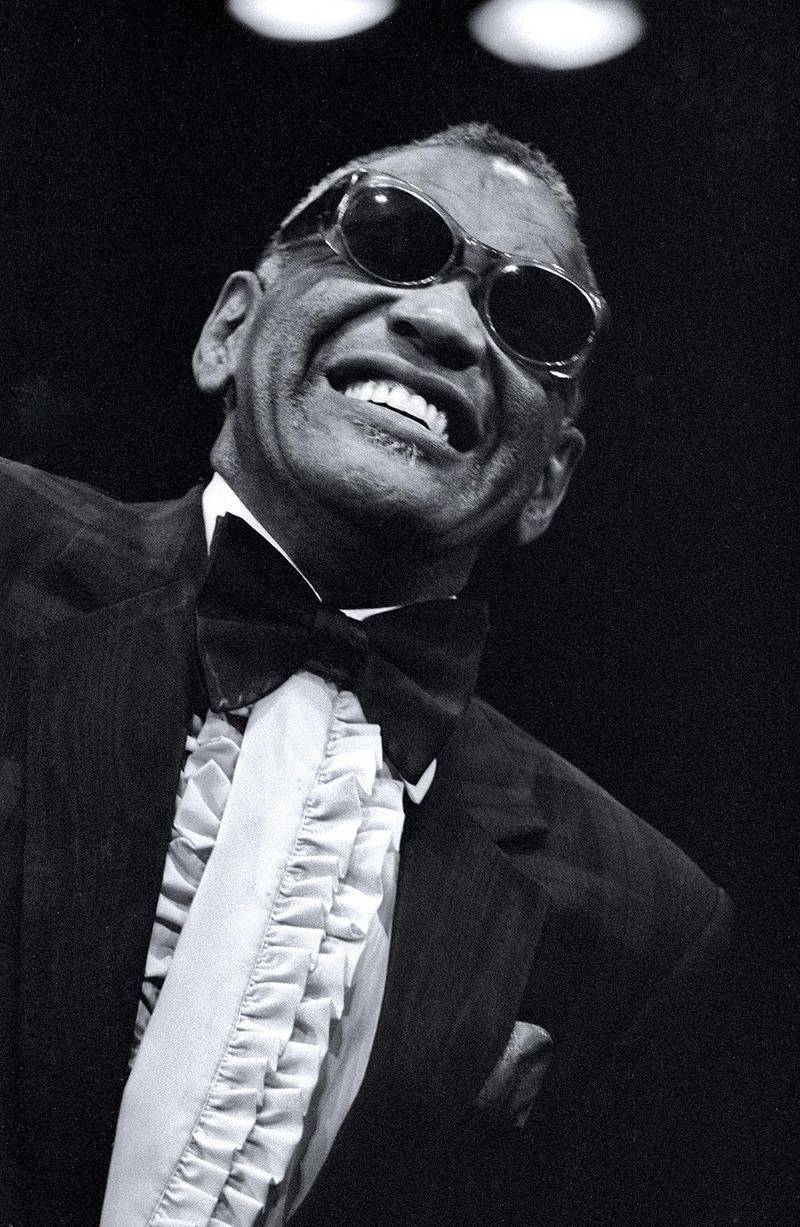
Ray Charles watched the world fade to darkness, losing his sight completely by age seven due to glaucoma. His mother refused to let blindness define him, insisting he learn independence. “You’re blind, not stupid,” she told him, setting the stage for his revolutionary career.
Charles learned to read music in Braille and developed perfect pitch. His genius lay in breaking musical boundaries, creating a revolutionary fusion of gospel’s spiritual power with R&B’s raw emotion. The piano became his voice, his fingers finding emotions other musicians couldn’t reach.
Known as “The Genius,” Charles won 17 Grammy Awards and transformed American music. When asked about his blindness, he famously responded: “I never wanted to be famous. I only wanted to be great.” He achieved both.
7. Millie Bobby Brown
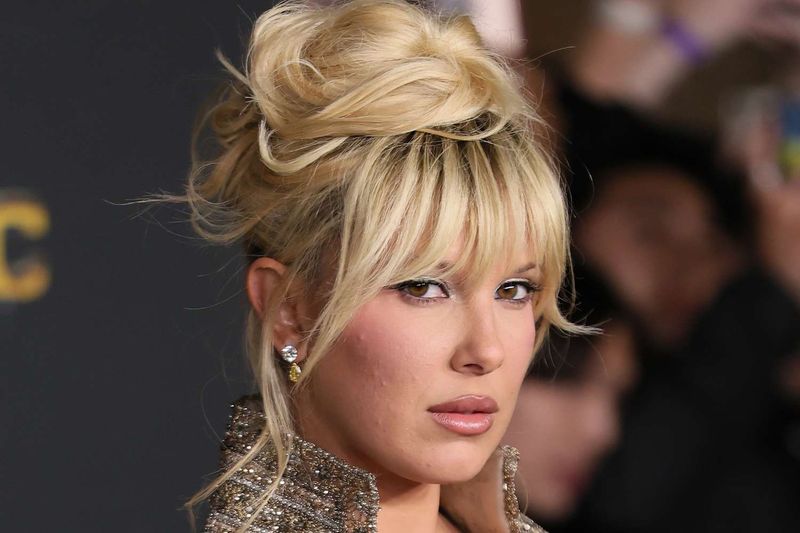
With a dazzling career in Hollywood, Millie Bobby Brown is not just a star but a beacon of hope. Diagnosed with partial hearing loss in one ear, Brown didn’t let this deter her dreams.
Her breakout role as Eleven in ‘Stranger Things’ propelled her to fame, showcasing her incredible acting prowess. Her determination to succeed in a challenging industry is truly motivational.
Beyond acting, Brown is an advocate for anti-bullying campaigns, using her platform to make a difference. She proves that limitations can be powerful motivators.
8. Marlee Matlin

At 21, Marlee Matlin became the youngest person ever to win the Academy Award for Best Actress—and remains the only deaf performer to win an Oscar. Her groundbreaking performance in “Children of a Lesser God” shattered Hollywood’s glass ceiling for deaf actors.
Matlin lost her hearing at 18 months due to illness, but her parents refused to send her to a special school, insisting she grow up in the mainstream world. Her acting career began at a children’s theater company where she was discovered for her first film role.
Beyond acting, Matlin has become a powerful advocate for closed captioning and accessibility in entertainment. “The only thing I can’t do is hear,” she once said. “Everything else is possible.” Her career spanning four decades proves exactly that.
9. Temple Grandin
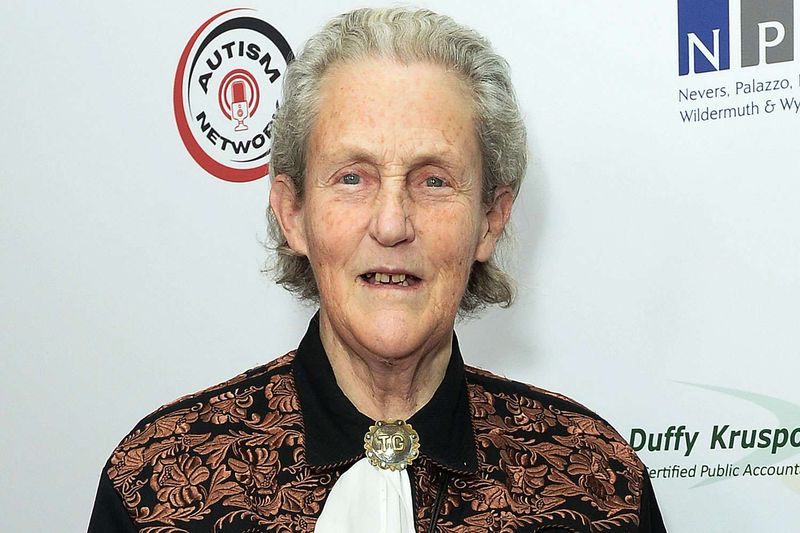
As a child in the 1950s, Temple Grandin didn’t speak until age four and was recommended for institutionalization. Diagnosed with autism when the condition was poorly understood, she experienced the world through pictures rather than words—a difference that became her greatest strength.
Grandin’s visual thinking allowed her to see what others missed. Noticing how cattle moved through handling facilities, she revolutionized livestock practices by designing curved chute systems now used worldwide. These humane systems reduce animal stress and improve efficiency.
A professor of animal science at Colorado State University, Grandin has authored bestselling books and become one of the world’s most recognized autism advocates. “Different, not less” became her mantra, helping transform how society views neurodiversity and demonstrating the unique contributions autistic minds can make.
10. Frida Kahlo
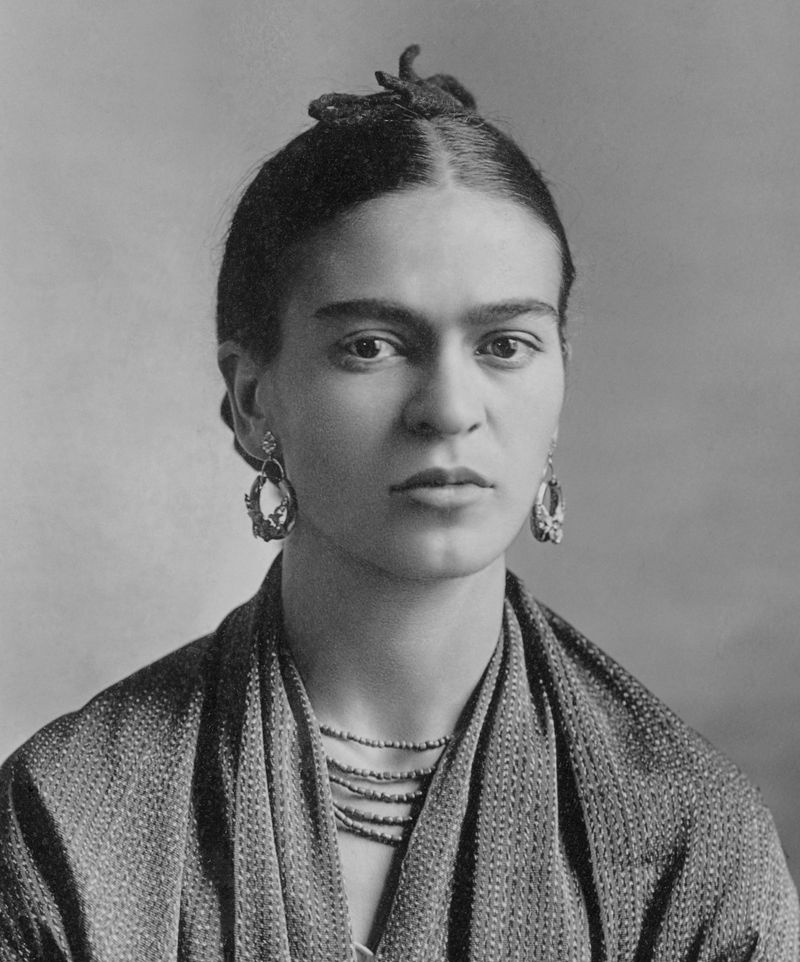
Pain shaped Frida Kahlo’s life and art from childhood. At six, polio weakened her right leg. Then at 18, a horrific bus accident impaled her with a metal handrail, fracturing her spine, pelvis, and ribs. Doctors predicted she would never walk again.
Confined to her bed during recovery, Kahlo began painting self-portraits using a mirror mounted above her. “I paint myself because I am often alone and I am the subject I know best,” she explained. Her 143 paintings, mostly self-portraits, unflinchingly document her physical suffering and emotional resilience.
Throughout her life, Kahlo endured 30+ surgeries and wore elaborate corsets to support her damaged spine. Her vibrant, surrealist works transformed personal agony into universal art that continues to resonate with viewers worldwide, making her Mexico’s most celebrated female artist.
11. Nick Vujicic
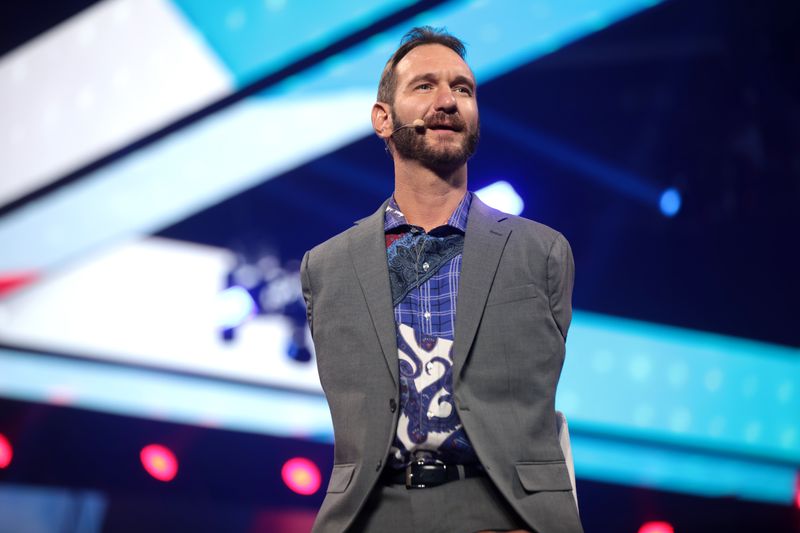
Born without arms or legs due to a rare disorder called tetra-amelia syndrome, Nick Vujicic faced overwhelming challenges from his first breath. Bullied throughout childhood, he attempted suicide at age ten by trying to drown himself in the bathtub—his disability even denied him the ability to end his own suffering.
Everything changed when, as a teenager, Vujicic discovered his purpose in inspiring others. He learned to write, type, play drums, and even surf using his partial left foot. His remarkable resilience attracted attention, leading to speaking opportunities that revealed his extraordinary gift for connecting with audiences.
Today, Vujicic has spoken in over 74 countries, founded the nonprofit Life Without Limbs, and authored bestselling books. His motto—”No arms, no legs, no worries”—captures the joyful spirit that has inspired millions worldwide.
12. Michael J. Fox
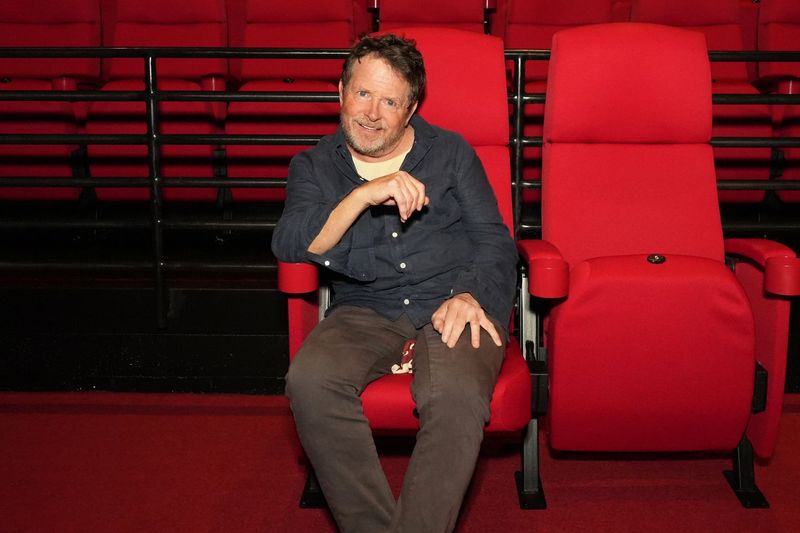
At the height of his Hollywood success, 29-year-old Michael J. Fox noticed a small tremor in his little finger. The devastating diagnosis that followed—young-onset Parkinson’s disease—threatened everything he had achieved as the star of “Back to the Future” and “Family Ties.”
Fox initially hid his condition, scheduling filming around his medication cycles and disguising symptoms. After going public in 1998, he transformed his challenge into purpose by establishing the Michael J. Fox Foundation, which has raised over $1 billion for Parkinson’s research.
Despite increasing physical limitations, Fox continued acting, even incorporating his tremors into characters he played. “My optimism,” he wrote, “is not the result of cognitive denial of the difficulties I face. It’s a hard-fought daily achievement.” His foundation now leads the fight against Parkinson’s worldwide.

Comments
Loading…